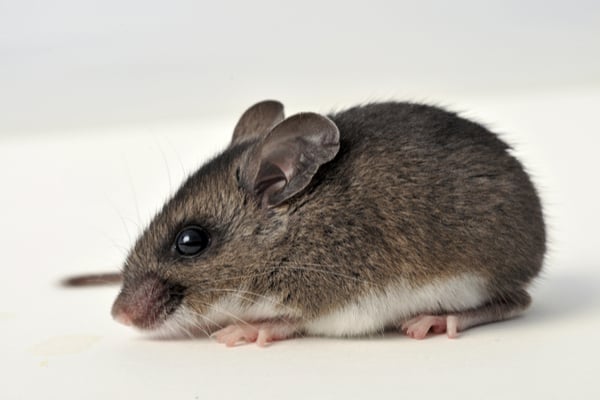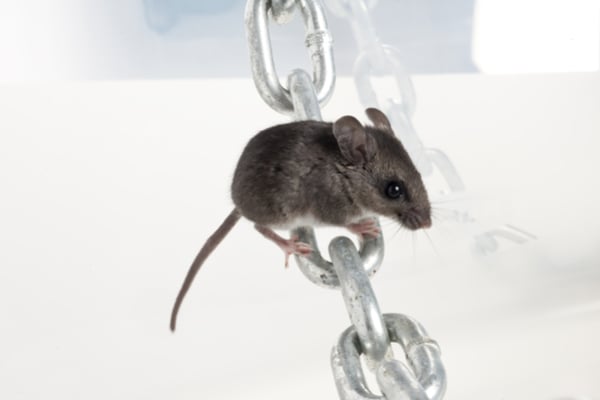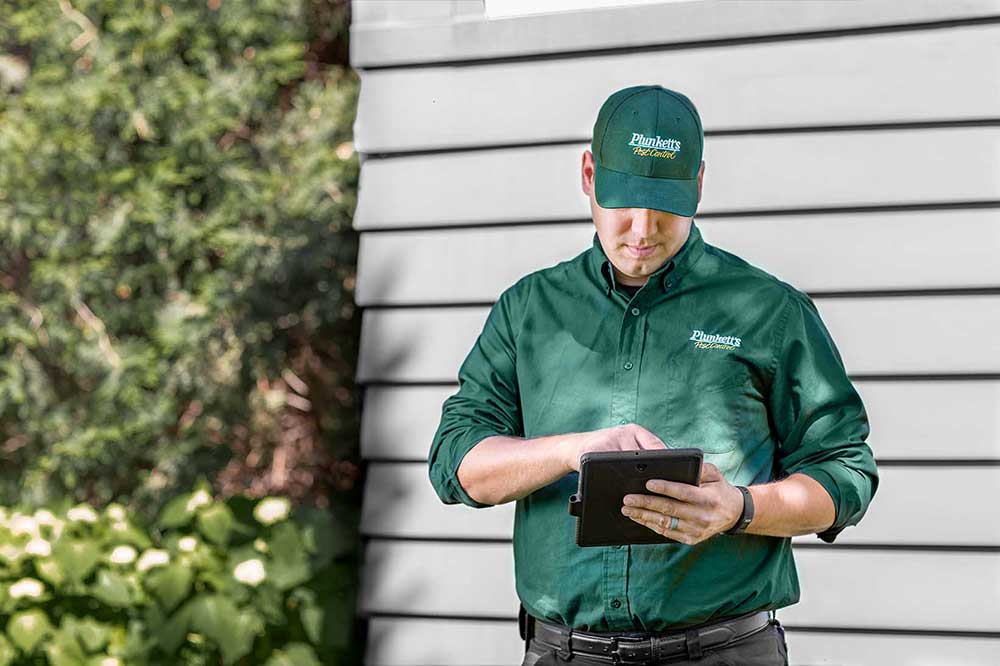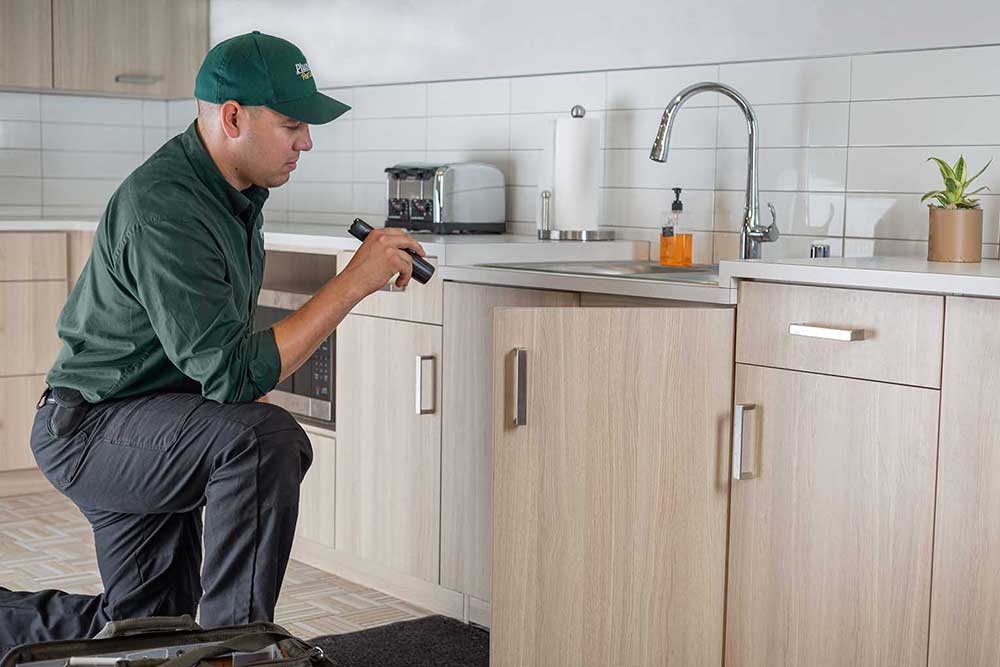Deer Mouse Control

Deer mice (Peromyscus maniculatus) get their common name from their deer-like body coloration. This mouse species is a structural pest rodents found in many common urban and rural buildings. They are especially common in structures located near wooded areas.
Deer mice are the primary carriers of hantavirus, which causes hantavirus pulmonary syndrome (HPS). They’re found through much of North America, especially in the midwest.
BEHAVIOR
Deer mice are nocturnal. They are excellent climbers and can utilize the upper areas of buildings. Outside, they nest in old fence posts, tree cavities, log piles, abandoned animal nests or burrows, or in small dug-outs. Inside, they’ll nest in storage boxes, furniture, wall voids, insulation, corners, and tight spaces in basements and attics.
They feed on insects, seeds, nuts, berries, small fruits, subterranean fungus (Endogone), and other small animals such as centipedes. They’re rarely a problem in urban areas unless the structures are located near wooded areas, such as parks. They are far more common in rural areas and rustic suburban areas.
APPEARANCE
Adult deer mice are around 2¾ to 4 inches long, with tails that are 2 to 5 inches long. They weigh around ⅜ to 1¼ ounces. Deer mice are bi-colored, pale gray to deep reddish-brown above and white below. The tail is sharply bi-colored, longer than half the length of the body, and covered with short hairs. Young deer mice look similar to adults but they’re gray as opposed to deer-colored.
LIFE CYCLE
Female deer mice usually birth 3 to 5 young per litter. The gestation period lasts for 21 to 24 days. They’re capable of producing 2 to 4 litters per year. They can reproduce all year, but they reproduce most frequently in spring.
Deer mice reach reproductive maturity and begin to breed at 5 to 6 weeks of age. Most deer mice live l2 to 24 months in the wild because of high predation, but indoors they can live 5 to 8 years.

CONTROL AND PREVENTION
The key to keep any mice out of your structure is identification, sanitation, harborage elimination, and access point reduction. If deer mice are already in an occupied structure, we recommend professional pest management. Exclusion is the best preventative control method. Seal all potential entry holes with 1/8-inch mesh hardware cloth, copper gauze, or silicone caulk. Store bird seed and dry pet foods in areas other than the garage or storage sheds.
IMPORTANT: deer mice are the primary carriers of hantavirus. If you discover a nest or dead deer mice near you, you must handle it with care. Take all of the following steps when interacting with deer mice bodies, nesting materials, or waste in any capacity:
- Wear a respirator equipped with HEPA (high efficiency particulate air) filters when handling traps, waste, and/or dead mice.
- Wear rubber or plastic gloves when handling mice or traps. Disinfect your gloves before removing them.
- Treat dead mice with a disinfectant mist. Use the “inverted bag technique” to handle them. Turn a bag inside out and use it as a glove to pick up the mouse. While holding on to the mouse, turn the bag right-side out again. Then seal the bag.
- Disinfect any droppings before removing them. If you use a vacuum to remove the droppings, it must be equipped with a HEPA filter.
- If you develop a fever or respiratory illness within 45 days after potential exposure, seek immediate medical attention. Inform the attending physician of the risk.
We’ll deal with your deer mouse problem quickly, safely, humanely, and effectively.
Get A Free Estimate Today

PROFESSIONAL CONTROL
First, a Plunkett’s technician will identify how deer mice entered your structure in the first place. We’ll either patch up access points ourselves or recommend how you could repair large ones. Then, we’ll place tamper-resistant rodenticide bait stations in strategic locations where deer mice are highly active.
We may also spray rodenticide tracking powder into structural voids to help us see where the mice are and how to stop them. If our traps don’t yield results fast enough, we may also utilize snap traps to speed things up. Our ultimate goal is to deal with your deer mouse infestation as quickly, un-intrusively, and permanently as possible.
As carriers of the hantavirus, deer mice are a serious problem in homes and businesses. If you think you have a deer mouse infestation, you should contact Plunkett’s as soon as possible.







